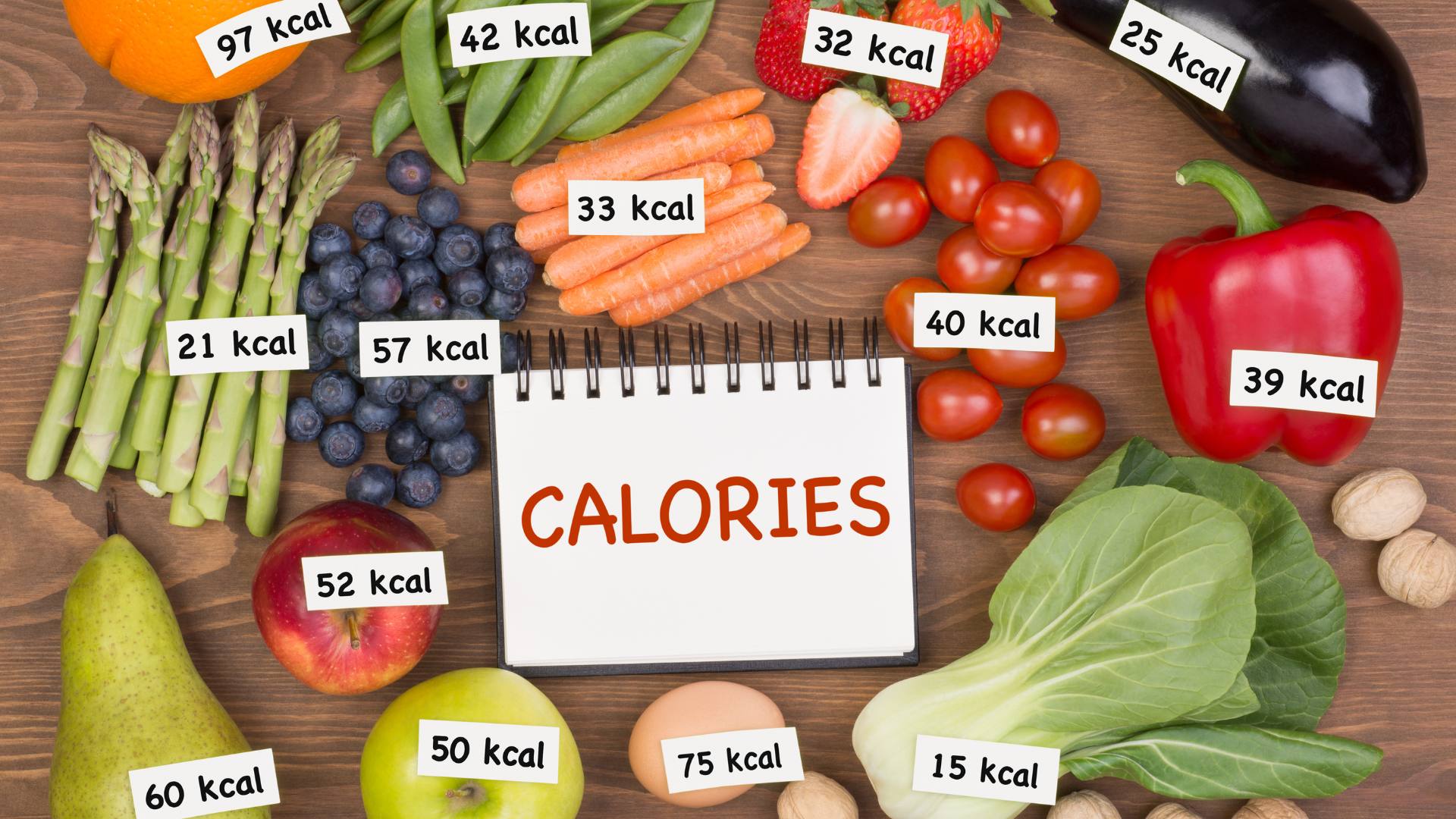Have you ever looked at a food label and felt overwhelmed by the numbers, percentages, and long list of ingredients? You’re not alone. Food labels are designed to provide a wealth of information, but they can be confusing. This guide will walk you through each section, helping you quickly identify the information that matters most for your health.
1. The Serving Size: Your Starting Point
The first thing to look for on any nutrition label is the serving size. All the information that follows—from calories to nutrients—is based on a single serving.
- Serving Size: This tells you the amount of a single serving, often listed in a common unit like "1 cup" or "1 slice".
- Servings Per Container: This indicates how many servings are in the entire package.
Why it matters: It's easy to accidentally consume more than one serving, in which case you need to multiply all the other numbers (calories, fat, sugar) to get the true nutritional value.
<blockquote>Example: If a bag of chips has 2 servings per container and you eat the whole bag, you need to double the listed calories, fat, and sodium.
</blockquote>2. Calories: The Energy Count
Calories measure the amount of energy you get from a food. They tell you how much energy you're consuming per serving.
- Quick Tip: Pay attention to the calories per serving and consider how many servings you typically consume in one sitting.
3. The Big Four Nutrients: Fat, Sodium, Carbs, and Protein
This is where you find the most important health information.
- Total Fat: This includes all types of fat. The label will break it down into Saturated Fat and Trans Fat. As the World Health Organization (WHO) recommends, it's best to limit saturated and trans fats, which are linked to heart disease.
- Sodium: A measure of salt in the food. High sodium intake is a major risk factor for high blood pressure.
- Total Carbohydrates: This section shows you the total carbs, breaking them down into dietary fiber and total sugars.
- Protein: An essential macronutrient important for building and repairing tissues.
4. Sugars: Not All Are Equal
The "Total Sugars" on a food label can be misleading. It includes both naturally occurring sugars (like in milk and fruit) and "Added Sugars."
- Naturally Occurring Sugars: Found in whole foods, these are generally less of a concern because they are packaged with fiber, which slows absorption.
- Added Sugars: The WHO recommends limiting "free sugars" (which includes added sugars) to less than 10% of your total energy intake. Look for this number on the label to see how much of your daily sugar is from added sources.
5. Vitamins and Minerals: The Micronutrient Boost
This section lists important micronutrients, such as Vitamin D, Calcium, Iron, and Potassium. These nutrients are vital for a wide range of bodily functions, from bone health to blood pressure regulation.
- The "% Daily Value" (DV): This number tells you what percentage of your recommended daily intake of a nutrient is provided in one serving.
A Quick Rule: A DV of 5% or less is considered low, while a DV of 20% or more is considered high.
</blockquote>6. The Ingredients List: What's Really Inside
The ingredients list is one of the most powerful tools for understanding a product. The ingredients are listed in descending order by weight, so the first ingredient is the most abundant in the product.
- Read the First Three Ingredients: These make up the largest portion of the food, giving you a quick snapshot of its composition.
- Watch for "Hidden" Names for Sugar: Manufacturers often use multiple names for sugar, such as corn syrup, sucrose, dextrose, or maltose. If you see several of these near the beginning of the list, the product is likely very high in sugar.
A Visual Guide to the Nutrition Facts Label
This diagram helps you quickly locate the most important information.
| Section | What to Look For | Why It Matters |
|---|---|---|
| Serving Size | The amount of food for one serving. | All other values are based on this amount. |
| Calories | The total energy per serving. | Helps you manage your daily energy intake. |
| Total Fat, Saturated Fat, Trans Fat | The types of fats in the food. | Saturated and trans fats should be limited for heart health. |
| Sodium | The amount of salt. | High sodium is a major contributor to high blood pressure. |
| Dietary Fiber | A beneficial carbohydrate for digestion and gut health. | Most adults don't consume enough. Look for a high percentage. |
| Added Sugars | Sugars added by the manufacturer. | WHO recommends limiting these. It's a key indicator of a product's healthiness. |
| Ingredients List | The components in descending order by weight. | The first three ingredients tell you the most about the food's composition. |
By taking a few moments to look at these key areas, you can make more confident and healthy choices for yourself and your family.
